Tattoo Aftercare Advice Is All Over the Place, Here’s What the Data Says To Do

Our editors independently select the products we recommend. We may earn a commission on items bought through our links.
Tattoos are glorified wounds — very beautiful, sometimes exquisite wounds — but they’re the result of a needle puncturing the skin thousands of times. Without proper tattoo aftercare, both the design and the skin will suffer.
Today's Top Deals
The problem is there is no official governing body declaring the best practices for tattoo aftercare, so it’s up to individual artists to recommend, anecdotally, what’s worked for them.
Some recommend a dry heal, wherein the tattooed doesn’t do anything to the tattoo — no washing, ointment, bandages — and just lets the piece air out. Others opt for a combination of fragrance-free soap, ointment, and a thin plastic bandage. Others, still, swear by applying a wet washcloth for 20 minutes. While any of these could work, and result in a non-infected, healed tattoo, there are some truths about care for regular old wounds that help clarify which methods are superior.
Tattoo Care: A Dermatologist’s Take
“Post-tattoo care is wound care, and there’s actually very little difference between how you’d treat both,” said Dr. Luke Maxfield, an LA-based dermatologist. “One of the major mistakes I see people make, and it’s shocked me that it’s lasted this long, but for generations people have heard to keep a wound dry, to let it breathe. Invariably that makes it heal worse.”
John Starr, a New York-based artist at Gnostic Tattoo said he’s dry healed before with success. “It’s a lazy method for sure. Once you’re covered in tattoos you’re more likely to just let it do its thing, but it still needs a little love, a little cleaning.”
Maxfield said there’s no need for a complicated, multi-step approach. “You want to keep it moist, you want to keep it covered, let it heal, and keep it out of the sun. Again this isn’t different from regular wound care,” said Maxfield. That means applying an ointment, keeping it covered with a bandage or clear wrap for the first few days, and sitting in the shade at the pool.
According to Maxfield, this advice doesn’t change based on the size or location of the tattoo, except sun protection being less necessary for spots that rarely see it. Maxfield also noted, though, that advice differs even within the rigid profession of dermatology, which very much has a central governing body, so it makes sense that advice differs within the tattoo world.
“I’ll tailor my wound care per patient and per site,” said Maxfield. “Tattoo artists do the same thing. It’s based off their professional experience, and their own individual anecdotes.”
Conflicting Advice
Tyler Schoeber, SPY’s Creative Director who has gone under the needle many times, confirmed the phenomenon. “I rarely meet artists with the same aftercare methods,” said Schoeber.
“Some are serious about second skin, a plastic material that sticks to the body, and removing that after a few days, followed by going about life as normal. Others will wrap me up in saran wrap, tell me to wash the fresh ink off with soap in an hour, and then apply A&D [healing ointment] whenever it’s looking dry for a week or two. Others suggest dry healing, which quite literally means to do nothing.”
Schoeber told SPY he always does precisely what the artist tells him to do, even if it’s the opposite of what a previous artist swore by, and he’s never suffered an infection.
But why does advice vary so much? The reason has as much to do with the intense loyalty within the tattooer community as it does with a lack of oversight. The advice dolled out from mentors and seasoned experts is taken as gospel, even if it contradicts another artist’s preferences.
“When your boss, or mentor, or coworker of 20 years tells you to not use something your first reaction is to never use it again,” Starr said. There’s a pecking order of artists through which advice, tips, and warnings are passed down from artist to artist, and the word of anyone you admire for their craft is going to be taken as gospel.
“A lot of it comes down to tradition and what you hear from your elderly coworkers,” said Starr.
One of his preferred methods, passed down from a coworker who had it passed to him by Japanese tattooing master Horimoto, “When you get home, get a clean rag and let it soak up with hot water. Very hot water,” Starr said. “Don’t burn yourself, don’t scold yourself, but hot shower water. Apply that to the tattoo for as long as it takes to cool down. And when you pull it off you’ll see that it’s pulling out some blood and excess ink.”
He said to repeat this process five times, and then five times with an ice-cold washcloth. The alternating compressions pull out impurities, according to Starr, and if followed by a spray of Bactine and ointment can help larger, more complicated tattoos heal.
“I have no idea what the science is behind it, but it works.”
The problem lies in the lack of science behind tattoo aftercare methods, hence the emphasis on anecdotal evidence for which methods do and don’t work.
“There aren’t very many studies that have been done. I think if you can find more than a handful you’ve dug pretty deep,” said Maxfield.
The nature of tattoo aftercare may be less about finding the thing that works, but rather avoiding the things that definitely don’t work, such as picking, scratching, swimming in a lake, or jumping in a hot tub fresh from the chair.
“For the love of God, do not pick or scratch your tattoos while they’re healing. They will not heal correctly. I’ve had friends that have picked at tattoos and have essentially flushed hundreds of bucks down the drain because of it,” said Schoeber. He recommends lightly slapping an itchy tattoo rather than full-on scratching.
“Everything that you’re already doing right in your wound care is actually going to help both phases and minimize your leaking,” said Maxfield. “Minimalistic, occlusive, good care, and that’s going to cover all your bases and have a well-healed wound and, better yet, a well-healed tattoo.”
Tattoo Aftercare Products, Sourced From Experts
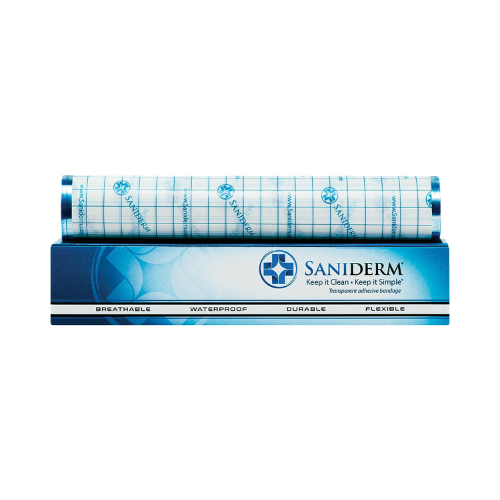
SaniDerm/Second Skin
Buy Now On Amazon
“I was brought up on the more basic traditional method of the SaniDerm or the Second Skin that a lot of artists use I think is great. I’ve started using that myself. It keeps everything protected, keeps it clean, keeps it safe. It heals faster. It’s just good technology to use on the skin,” said Starr.
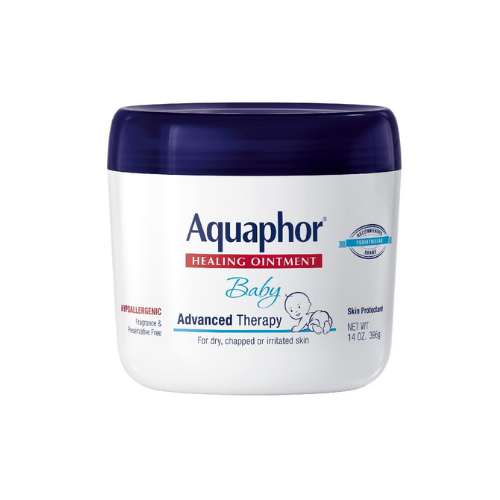
Aquaphor
Buy Now On Amazon
Aquaphor is a tried and true healing ointment that’s occlusive and protective, substantial without being too heavy. Both Maxfield and Starr recommended it to newly tattooed folks as their first choice, and since it can be used on all wounds its utility will extend far beyond a fresh tattoo’s healing period.
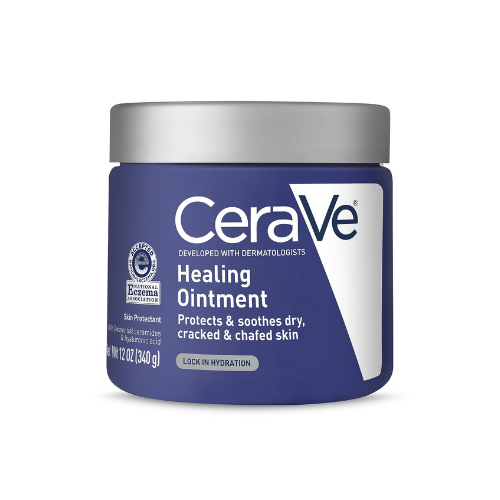
Cerave Healing Ointment
Buy Now On Amazon
Cerave was another ointment option recommended by Maxfield and Starr. The brand is known for lightweight formulas that don’t contain any irritants, making this a great option for those with especially sensitive skin.
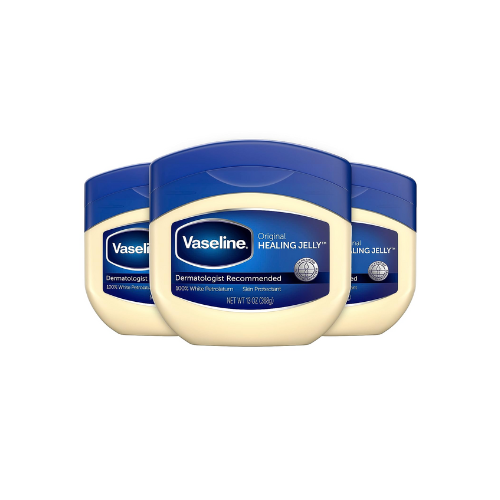
Vaseline
Buy Now On Amazon
“The OG Vaseline, pure white petroleum jelly, is still perhaps the best option,” said Maxfield. “The most occlusive and perhaps best-studied wound healing ointment out there. Not only hastens wound healing but helps prevent infections as efficiently as many topical antibiotics.”
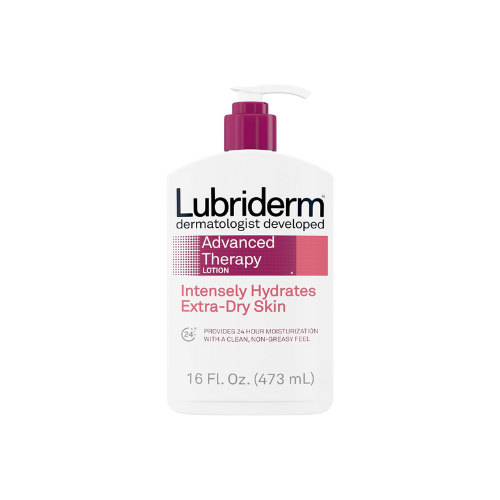
Lubriderm
Buy Now On Amazon
“For ointments, Lubriderm is, I think, the best one to use,” said Starr. It’s not too heavy, absorbs quickly, and keeps the surrounding skin moisturized to hopefully boost healing.
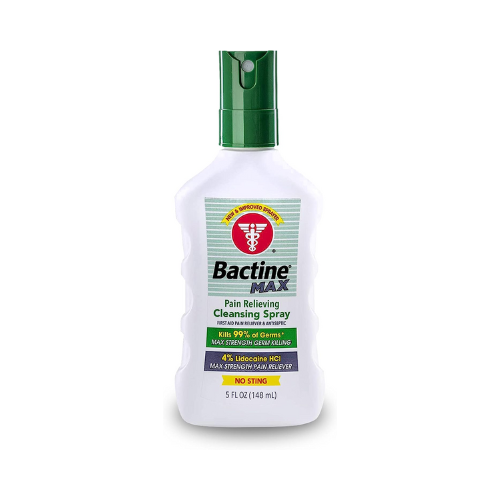
Bactine
Buy Now On Amazon
Bactine isn’t on the list of must-use tattoo aftercare products, but if the design is applied to an especially tender area, it can help relieve pain. It’s formulated to help calm topical pain and itch and should be applied immediately after washing and rinsing for best results.
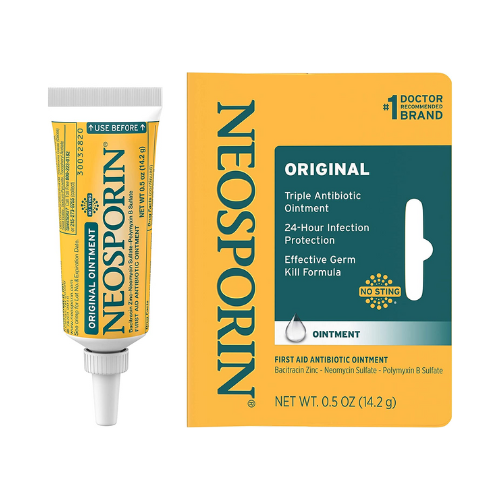
Neosporin
Buy Now On Amazon
“Neosporin comes in if you notice a little bit of redness or irritation or it’s showing signs of an infection,” said Starr. Other ointments are better for applying immediately after being tattooed, like Aquaphor or A&D, but if irritation sets in a few days later then opt for Neosporin.
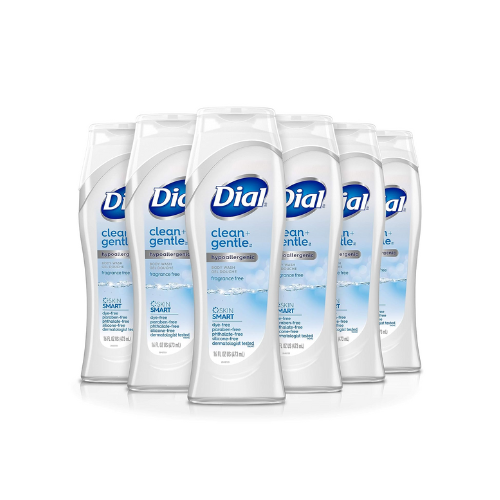
Dial Soap
Buy Now On Amazon
Schoeber’s favorite tattoo healing method passed down from his father, is rooted in Dial’s simple, fragrance-free formula. “Wash it with Dial soap an hour or two after and keep it wet with A&D ointment for a week or two from then on out. It’s pretty much ingrained in my brain at this point and it’s always typically what I do post-tattoo. Consistency has made it effective in my experience and both Dial and A&D are lifesavers,” said Schoeber.
More Top Deals from SPY
Best of SPY
